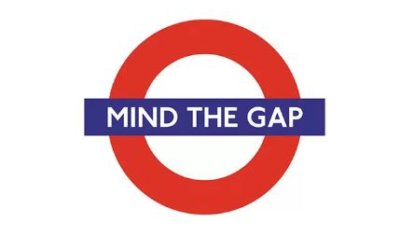This is based on some interaction I have had with a few of you after my latest posting about cutting prices. Consider these six questions and answers:
- What are the potential issues for future years?
For starters, your price increases will be based on a lower tuition, meaning that the same percentage increase will yield less added revenue. If you apply a 3% rate to a $30,000 tuition rate, it yields $900 in added tuition revenues from returning students. The same rate applied to the new, $20,000 tuition gives you $600. You’ll either have to keep growing or become a little more lean.
2. What kinds of behaviors have to be changed to make this stick?
The tendency to keep on increasing the discount rate for incoming students will have to be the first casualty. With smaller price increases (see 1. Above) there will be less dough to apportion to the incoming class. Again, growth covers a lot of this but, after a year or two, the newness of this will have faded. And, if it is successful, others will likely follow, creating a new normal of sticker prices.
3. Is there anything about that that could backfire?
There is. Students like to brag about their awards. “Solvay College gave me $40,000,” meaning that a $10,000 annual award was provided to the student, good for four years. When the price is decreased, bragging rights are diminished. Then, there is the possibility of other institutions maintaining a higher price while offering out-sized awards to counteract the lower price strategy, with the slogan, “We’re worth our price, even though no one has to pay it.” The perception of quality is a concern.
4. What about room and board?
Notice that I am talking about a tuition decrease. Room and board could remain on the high side or could be jacked up to partially offset the tuition reduction. This is something to watch so that current students don’t use comparisons to call the new strategy a scam – even if it is only a partial scam.
5. How long could this last?
Good question. I was on a panel in 2000 with the financial aid director from Muskingum (OH). At that time, they had cut tuition about 30% and saw a sizable increase in new students immediately thereafter. Not sure if it stuck and I’m pretty sure they went into a relapse with larger price increases over time. New buildings, new programs and new prices give you an edge for a short time – maybe two years. After that, they become part of the fabric. You want to hope that your increased demand is permanent.
6. For what institution would this be too risky to attempt?
Those who cannot show that students are avoiding them because of price. If you offer a low price to begin with, this is not a recommended strategy. Also, if you have a poor marketing outreach or invest little in getting the word out about your institution, try fixing that first. Then, there is the financially struggling institution who is looking for anything to get some mojo. Unless you have sufficient reserves to cover at least a partial disaster from this approach, I don’t recommend it. Fix the obvious things first, like glaring physical plant issues or poor programs or a lack of marketing presence. This kind of strategy is risky and should be expensive, marketing wise.
Enjoy your day.



